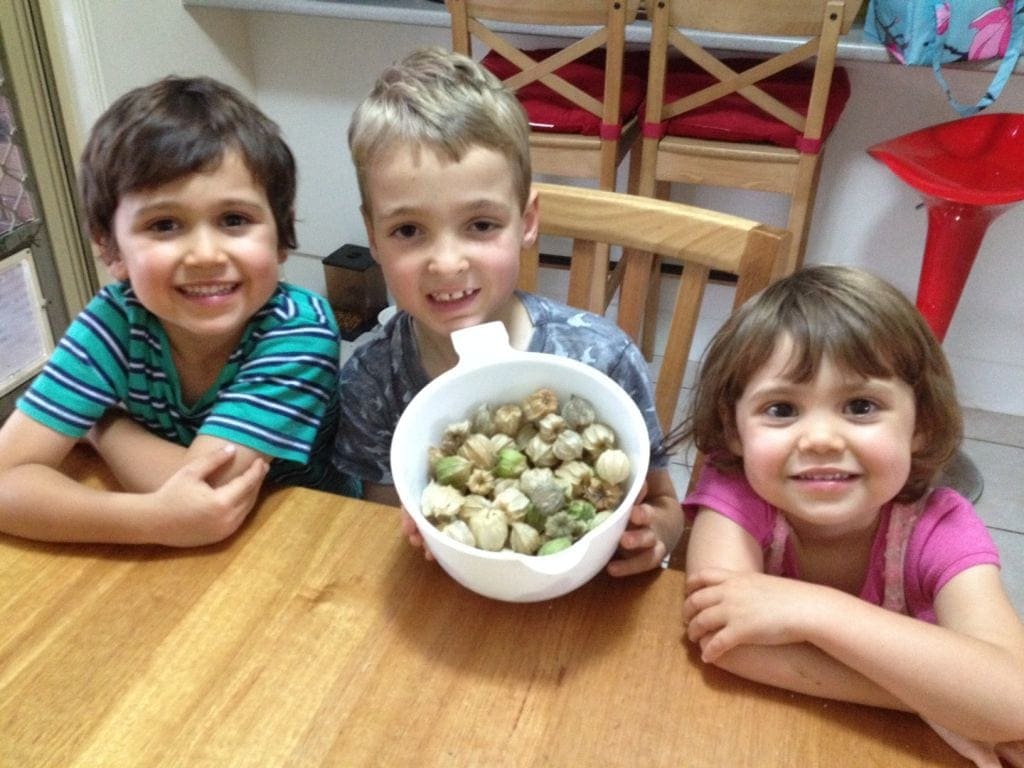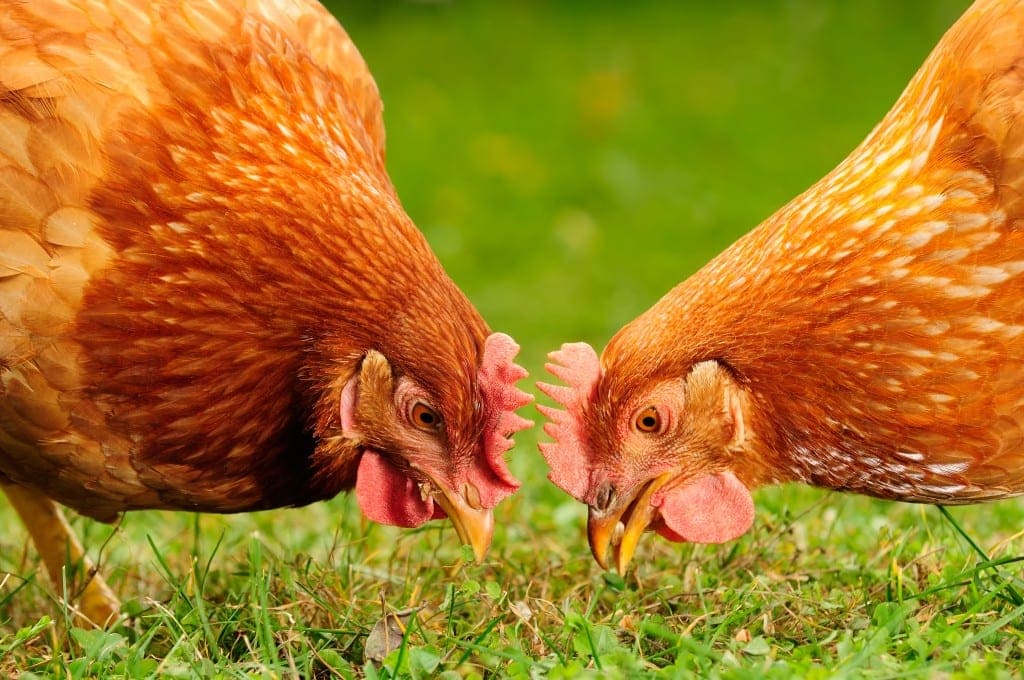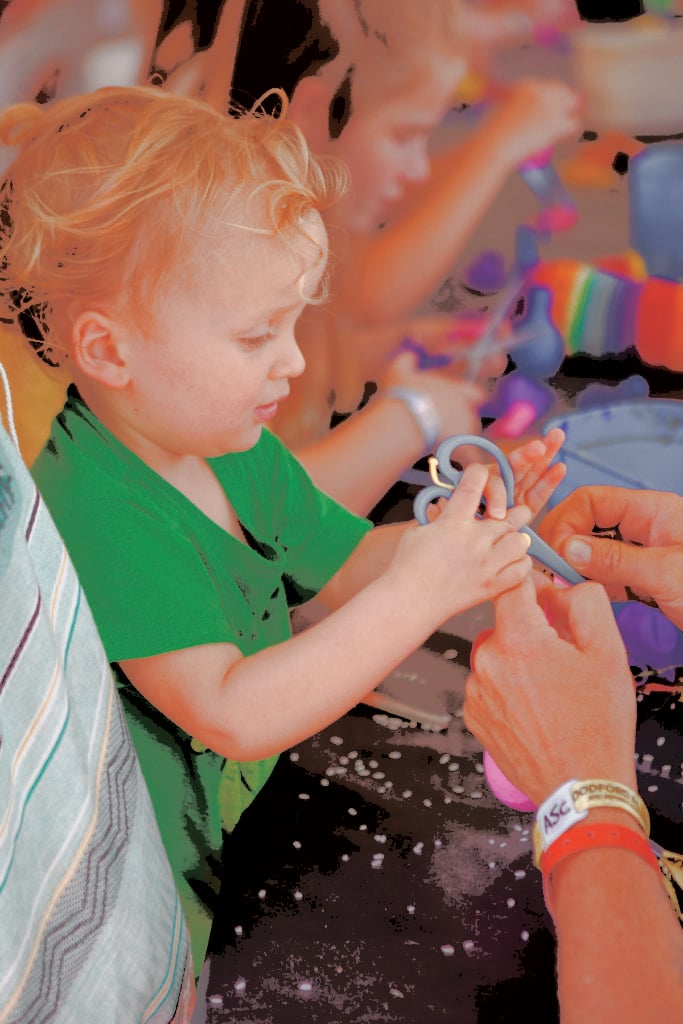When you look at your children, you are looking directly at the future. They are the future generation and they will be the care-takers of this Earth.
It’s daunting right? Your current responsibility is a big one. You need to give them the skills to start and continue looking after the world they live in. You know the best way to do that is to teach good habits that will stick and can be passed on from one family to the next. Sustainability for kids should be as important as all other learning areas.
We all know the basic things we can do in the home: turn off the lights, recycle and have shorter showers, for example. They’re all helpful and important, but how can you take it one step further to ensure your kids know how to live a sustainable lifestyle on a daily basis?
1. Maintain an organic vegetable or herb patch with your kids
You have this fabulous idea that creating a veggie garden with the kids will be a fun afternoon activity! You take them to the nursery, buy some nice looking seedlings and you all spend the day being green thumbs. Over time, the patch becomes overrun with weeds and things stop growing. The dream is lost. Does this sound familiar?
‘Maintain’ is the key word here. Research together and plant what is seasonal. Go for seeds over seedlings and have your kids water as necessary and keep an eye for sprouts. Keep a gardening calendar and plan ahead to ensure your herb or veggie patch is always full of something you can use in the kitchen! If you don’t have space at home why not join a local community garden – find a local one – click here.
2. Get some chickens
Nothing is more exciting for young children than retrieving warm eggs laid by their own pet chickens! Home chicken runs are available in all shapes and sizes – or build your own by upcycling any wood and wire you have in the shed. Fresh eggs really do taste better. What’s more, the chicken poo is perfect for the soil in your veggie patch!
Although… there are some schools of thought that are VERY anti-backyard chicken…
3. Collect recycled materials for crafts
Setting aside boxes, bottles and containers for craft is fantastic. Take it up a notch and explain why this is a better choice than buying these materials from the store. Use them to make cardboard cars, robots, musical instruments or whatever the heart desires! Check out our craft ideas here.
4. Have a daily conversation about how you helped the environment
Often you will say “Don’t throw it out” and they will say “Why?” You might respond with, “Because it’s a waste” and leave it at that. Try building on that and explaining why it is a waste, and how minimising waste minimises our consumption as a whole, which is far better for the environment.
As Queensland joins some of the southern states in the ban against plastic bags, you have the perfect opportunity to discuss with your children how SMALL acts can cause BIG changes.
5. Be a role model, every day
This is a tough one, especially when family life is busy! But you really are the most important role model your children will ever have. Keep it simple with daily demonstrations of less consumption and more making-do. Consume less, reuse more and make sure your kids know there is a purpose behind their actions. That’s the key to building a sustainable future for all.
Think globally, Act Locally – learn more about saving our local environment including our beautiful Great Barrier Reef.
Need to keep kids busy? Check out these ideas!
- Free activities for Brisbane kids on school holidays
- Geocaching for kids
- PYO Strawberry Farms near Brisbane




Crafts? Gardening? What are these time hungry, relaxing ideas you speak of?
We’re taking ours to Whitsundays later this year, we’re going to do a lot of prep before hand about what they can expect to see and what is a sign of distress on the reef.
We have a veggie patch and the kids have just taken to it. My daughter googles planting guides and tells me what we need to plant after each harvest. I thought it was going to be a ton of extra work for me but they’ve become a little bit obsessed with it. Broccoli is next for us – hope it’s as yummy as the fresh corn. Kids were actually ASKING for corn for dinner.
We’re doing the veggie patch thing this weekend. Sustainability is great but I’m mostly in it so they’ll eat their dinner 😉
@Odette, try Natureplay, they have this passport thing that you can get them to use to go out into nature and collect stuff. Mine LOVED it because they thought it was homework and that the homework was to climb trees. BEST HOMEWORK EVER
Are there any good books around about this? Like something a little more engaging than a text book? I’d love one where you could do activities and things.
It’s really hard to get them talking about how they did something good for the environment, and of course my son tries to use it as an excuse to get out of bathing.
I would love chickens but they’re so…. poopy. YOu need a really big block.
We also get the kids to watch as many nature docos as we can. They like them and don’t realise that they’re learning. My daughter now wants to be a biologist so I guess it worked!
These are great tips. It’s really hard to get them interested in sustainability because it’s such a complex idea.